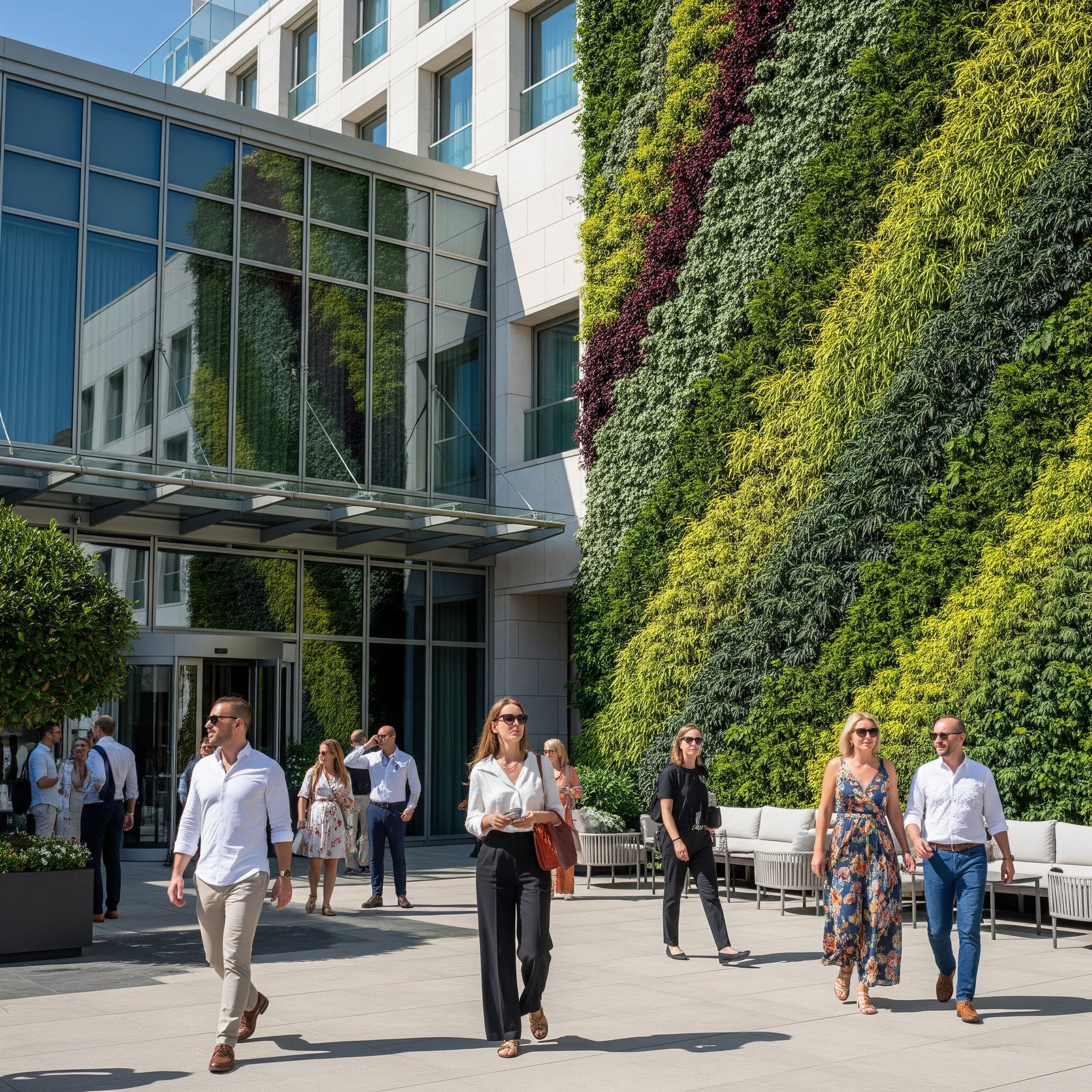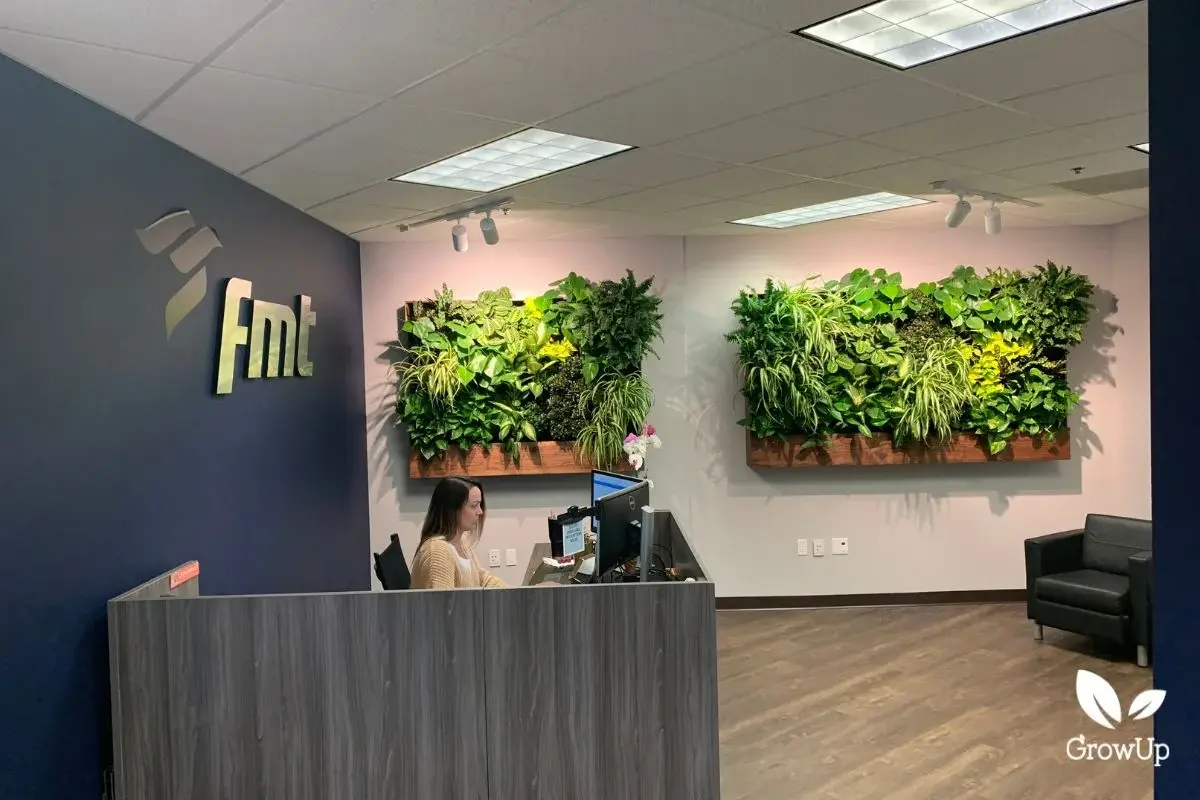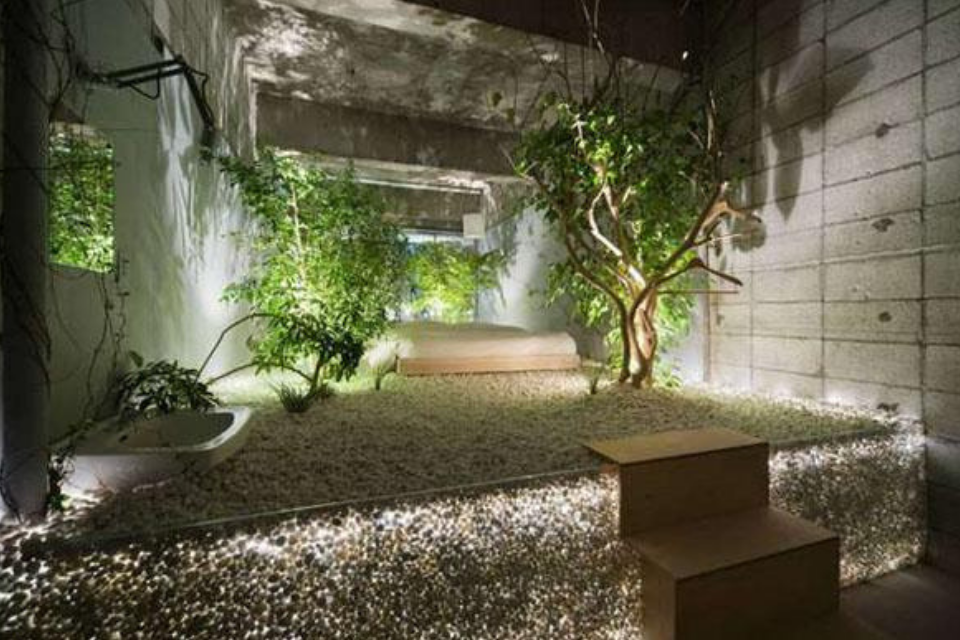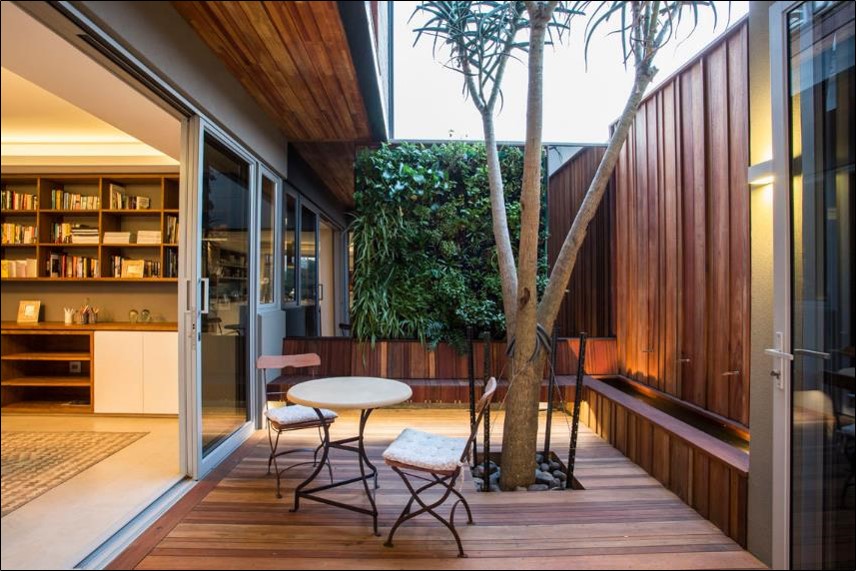Introduction
In Smarter Spaces Part One, we explored how artificial intelligence is transforming interior and architectural design—from tools that generate layouts and renderings to real-world examples of adoption by firms and homeowners. We also looked at the core benefits of AI in design, such as efficiency, personalization, and sustainability, along with the ethical considerations it raises. In this second installment, we’ll dive deeper into what this evolving relationship between humans and AI looks like, the trends shaping the future of design, and how both professionals and DIYers can start using AI thoughtfully and effectively.
Human + AI = A Collaborative Future
The most promising path forward isn’t a choice between human or AI—it’s a collaboration between both. While AI can generate endless design variations, it lacks the emotional intelligence, cultural sensitivity, and contextual awareness that human designers bring. As one design executive noted in Design Middle East, AI is a tool, not a threat—its strength lies in enhancing productivity and expanding creative possibilities, not replacing professionals (Design Middle East - Using Generative AI for Architecture and Interior Design). Designers who integrate AI into their process often find they’re freed from time-consuming tasks like measuring floorplans, generating renderings, or sourcing generic furnishings, allowing them to focus on the more nuanced, human aspects of design: storytelling, experience, and vision. This partnership enables a new kind of workflow—one that is both highly efficient and deeply creative.
 Gemini AI Image Generator
Gemini AI Image Generator
Emerging Trends & Future Directions
Looking ahead, AI’s role in design is poised to become even more dynamic. Integration with AR and VR is already enabling real-time, immersive walkthroughs where clients can “step into” a space before it’s built. Smart homes are increasingly tied to AI as well, with layouts and furniture that adapt based on lighting, temperature, or user behavior. Designers are also beginning to use AI not just for visualization, but for environmental analysis—generating layouts that optimize natural light, airflow, or acoustics (Illustrarch - AI Trends for Interior Designers and Architects). As sustainability becomes a bigger priority, AI could help minimize waste and carbon footprints by modeling material usage and recommending greener alternatives early in the design process. This convergence of technology and design is building a future where spaces are not only beautiful, but intelligent and responsive.
 Gemini AI Image Generator
Gemini AI Image Generator
A Practical Guide for Designers and Homeowners
For designers, AI tools can be a competitive edge—used wisely, they enhance workflows, impress clients, and reduce project timelines. Start with tools like Interior AI or Planner 5D to create quick layout options, then iterate using visual tools like Midjourney or DALL·E for aesthetic direction. Just be sure to double-check dimensions, use licensed assets, and view AI outputs as suggestions rather than final decisions. For homeowners, AI offers an accessible entry point into design—apps like Skipp, RoomGPT, or Homestyler allow for experimentation without a steep learning curve. However, both groups should understand that AI is best used as a co-pilot, not a replacement for human expertise, especially when it comes to physical execution, spatial harmony, and emotional resonance.
Conclusion: Designing Smarter, Together
AI is reshaping how we imagine, plan, and build our spaces—but the heart of great design remains human. As these tools continue to evolve, the most successful designers will be those who embrace AI not as a replacement, but as a creative partner. Whether you're rethinking a room layout or planning a large-scale commercial build, AI can offer speed, insight, and innovation—but the vision and impact still come from you. The future of design isn’t artificial, it’s augmented, intelligent, and full of possibility.
Shareable Takeaways
1. AI Is a Creative Co-Pilot
Artificial intelligence is being used to generate layouts, moodboards, and renderings—enhancing, not replacing, human creativity in design.
2. Efficiency Meets Personalization
AI streamlines time-consuming tasks like space planning and material selection while offering personalized, style-specific outputs at scale.
3. Generative Tools Are Revolutionizing Visualization
Technologies like Midjourney, DALL·E, and Matterport’s Cortex AI are enabling designers and homeowners to visualize ideas in 2D and 3D before anything is built.
4. Adoption Is Growing Across the Industry
From global architecture firms to DIY homeowners, professionals are integrating AI into their workflows to speed up projects and expand possibilities.
5. The Future Is Hybrid
While AI boosts speed and innovation, it still lacks the emotional intelligence and real-world context of human designers, making collaboration between the two essential for meaningful, livable design.
 Bing AI Image Generator
Bing AI Image Generator
Want to stay ahead of the curve in design innovation? Subscribe to our newsletter for insights on emerging tools, creative workflows, and the future of intelligent interiors. Or reach out to our team to explore how AI can enhance your next greenwall project, from concept to installation.



